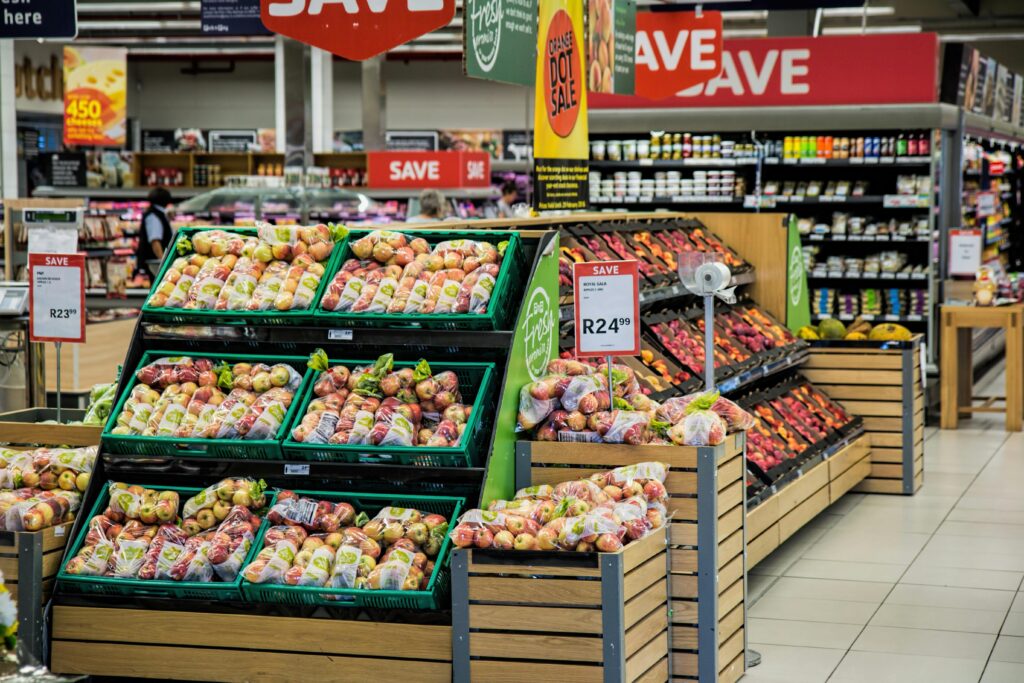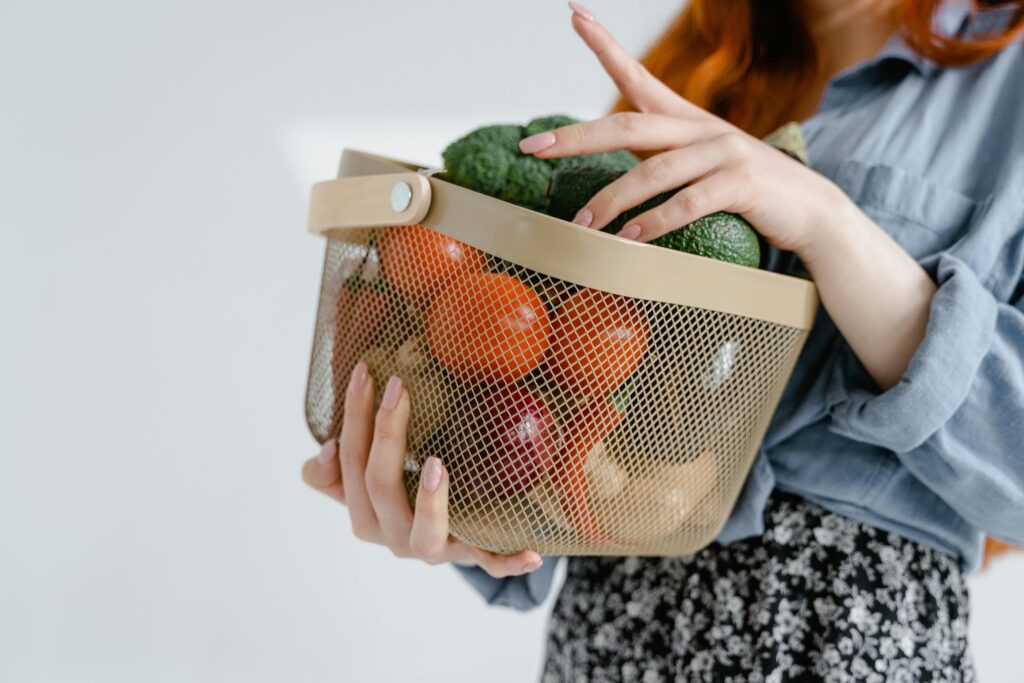“Ever walked into a store with a $50 budget, only to leave with three items and no idea where your money went?” Yeah, we’ve all been there. Grocery shopping can feel like navigating a maze—especially when you’re trying to stay within budget while still eating well. But what if you could transform this dreaded chore into a strategic game where YOU come out on top? Welcome to the art of Smart Grocery Shopping.
In this post, we’ll unpack how you can shop smarter at top-friendly markets without sacrificing quality or breaking the bank. From decoding hidden savings tricks to avoiding rookie mistakes (guilty—I once bought five jars of pickles on “sale”), you’ll walk away with actionable tips, real-world examples, and even a little humor along the way.
Table of Contents
- Key Takeaways
- Why Smart Grocery Shopping Matters
- Step-by-Step Guide to Smarter Shopping
- Tips for Budget-Friendly Grocery Hauls
- Real-Life Success Stories
- FAQs About Smart Grocery Shopping
Key Takeaways
- Create a meal plan before stepping foot in the store.
- Shop sales strategically by timing your trips around weekly flyers.
- Leverage loyalty programs at top-friendly markets for exclusive discounts.
- Avoid impulse buys by sticking to your list—and leaving snacks behind.
- Bulk buying isn’t always cheaper; know when it works (and when it doesn’t).
Why Smart Grocery Shopping Matters
Grocery bills are one of the biggest monthly expenses many households face. According to the USDA, the average family spends over $7,000 annually on food. That’s a lot of avocado toast! But here’s the kicker: studies show that up to 20% of our grocery spending is wasted due to poor planning, impulse purchases, and spoilage.

Here’s my confession: One time, I bought an entire cart full of fresh produce because it looked “so healthy.” Fast forward two weeks later—half of it rotted in the fridge while I ordered takeout every night. Lesson learned? You need more than good intentions; you need strategy.
The Grumpy Optimist Debate:
Optimist Me: “Meal prepping will save you SO much money!”
Grumpy Me: “Ugh, but who has time to chop veggies after work? Let’s be realistic.”
This push-and-pull is why smart grocery shopping isn’t just about cutting costs—it’s about making sustainable choices that fit YOUR lifestyle.
Step-by-Step Guide to Smarter Shopping
Step 1: Make a Meal Plan
Before heading to the market, ask yourself:
“What do I actually NEED?” Not want, not crave—NEED. Start small by planning meals for three days instead of seven. Trust me, flexibility saves both stress and leftovers.
Step 2: Check Weekly Flyers
Top-friendly markets often release their sale items online days before they hit shelves. Use these as inspiration for your meal plan—not the other way around.
Step 3: Download Loyalty Apps
Tired of carrying ten different loyalty cards? Most apps let you scan digital versions right from your phone. Bonus points for earning rewards you’ll actually use!
Step 4: Stick to Your List… No, Seriously
Here’s a brutal truth: If it wasn’t on your original list, don’t put it in the cart. Period. End of story. The exception? Milk (you gotta live).
Tips for Budget-Friendly Grocery Hauls
Pro Tip #1: Buy Generic Brands. They’re often made by the same manufacturers as name brands—but cost less.
Pro Tip #2: Hit Up Bulk Bins Wisely. Perfect for staples like rice, beans, and spices.
Terrible Tip Disclaimer: Some people swear by “coupon stacking”—but let’s be honest, who has time to clip coupons anymore? Save energy for actual life stuff.
Rant Section: Hidden Fees
Pet peeve alert! Why do some stores stick random fees on everything? “Bottle deposit,” “prep fee,” and heaven forbid, “bag surcharge” have no place ruining my budget. It feels like ordering coffee only to discover you need a PhD to decode the receipt.
Real-Life Success Stories
Case Study #1: A busy mom in Portland cut her grocery bill in half using these tactics. She went from chaotic midnight snack runs to organized monthly stock-ups.
Case Study #2: A college student saved over $500 in a semester by switching to budget-friendly alternatives and never straying off-list.

FAQs About Smart Grocery Shopping
Q: What are the best times to shop?
A: Early mornings or late evenings tend to offer fresher stock AND shorter lines.
Q: Is frozen produce okay?
A: Absolutely! It’s flash-frozen at peak freshness and lasts longer.
Q: Should I avoid organic products?
A: Not necessarily. Prioritize organic for high-residue produce (“Dirty Dozen”) and save on non-essential items.
Conclusion
Congrats—you now have a blueprint for mastering Smart Grocery Shopping. With a mix of practical strategies, insider knowledge, and personal accountability, you can stretch your dollars without skimping on nutrition. Whether you’re feeding a family of five or solo-living-meal-prepping queen/king, remember: Small changes add up BIG.
One last thing—like a Tamagotchi, your grocery habits require care and attention. Keep tweaking until you find what works best for YOU.


